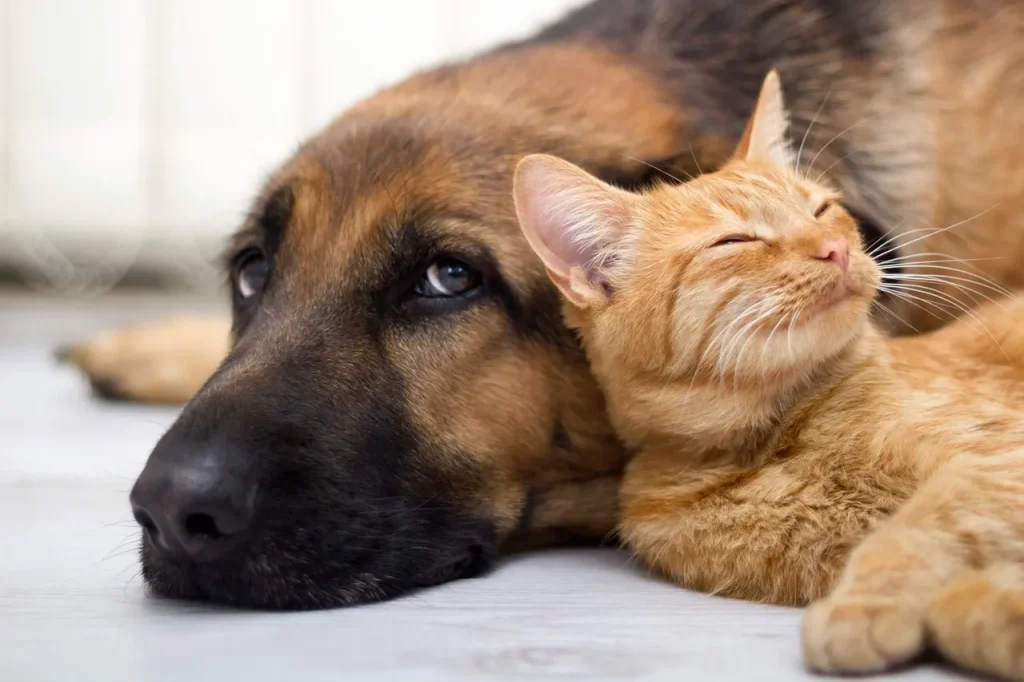Dogs are unique among animals. They’re one of the few creatures that we not only allow to live inside our homes but also treat as cherished members of our families. Yet, despite this special status, many of us overlook a fundamental aspect of their well-being: structure. Unlike cats, who are typically independent and self-sufficient, dogs are social animals that thrive in environments where they feel secure and understand their role. Without structure, a dog’s world can become confusing and chaotic, leading to a range of behavioral issues. Let’s explore why dogs need structure and how it benefits them—and us!
Many people get a dog and treat it more like a cat, then wonder why it doesn’t listen or is constantly running wild. They cater to the dog’s every need and want, creating an animal that behaves more like a cat than a dog! When dogs are given unlimited access to furniture, food, toys, and the yard, or go to daycare to play with other dogs all day without boundaries, they can become restless or anxious. Unlike cats, dogs are wired to thrive in environments where there’s structure and leadership.
Why Dogs Aren’t Like Cats
Cats are solitary creatures by nature. They value independence and autonomy and rarely seek out social cues or leadership. Cats make decisions based on personal comfort and are happy with a hands-off approach. Dogs, on the other hand, are social animals that naturally seek out connections with others. Their social structure revolves around clear boundaries and established rules. Just like members of a family, they thrive when they know their role and responsibilities.
Dogs look to us, their humans, as their family for that same structure. When we fail to give them boundaries, they often become anxious, unsure, and sometimes even unruly.
Why Structure is Essential for Dogs
When dogs live without rules, they’re not happy—they’re stressed. Here are a few reasons why structure is so essential:
1. Security and Predictability
Dogs thrive in predictable environments. Just as children feel safer when they know their parents are in charge, dogs feel more secure when they have a leader who sets the rules. Predictability helps dogs relax, knowing they’re in safe, capable hands.
2. Preventing Bad Habits
A world without rules is a world of chaos. Without boundaries, dogs are more likely to develop habits like chewing furniture, jumping on counters, or barking excessively. Setting rules like “no begging at the table” or “wait at the door until invited” helps shape their behavior positively.
3. Promoting Social Harmony
Dogs are social animals, and structure helps them understand how to interact with both humans and other pets. With boundaries in place, they feel more at ease in social situations, reducing anxiety or aggression. They learn there’s a time to play and a time to rest, a time to explore and a time to listen.
4. Reducing Stress
Dogs without boundaries are often stressed. If they’re allowed on the couch sometimes but are shooed off other times, it’s confusing for them. Consistent rules eliminate that confusion, helping them feel calm and confident.
Implementing Structure: The Basics
Adding structure to your dog’s life doesn’t mean being overly strict—it means creating a framework that brings security and consistency.
• Set Boundaries: Decide which areas are off-limits and what behaviors are acceptable. Consistency is key to helping them understand these boundaries.
• Create a Routine: Dogs thrive on routine. Regular feeding, walking, and bedtime routines help them know what to expect, reducing stress.
• Be a Leader: Leadership doesn’t mean being harsh. It’s about guiding with patience, consistency, and kindness. Dogs need clear, calm direction to feel secure.
A Structured Dog is a Happy Dog
Ultimately, structure doesn’t restrict freedom—it offers a safe, predictable world that allows your dog to thrive. With clear boundaries, they’ll feel secure, act appropriately, and understand their place in the household. By setting these rules, you’re nurturing a well-behaved, content, and loving companion who knows the rules of the game—and is happy to play by your side.
So, remember: dogs aren’t cats. They need structure, and with it, they’ll reward you with loyalty, joy, and a harmonious relationship.


